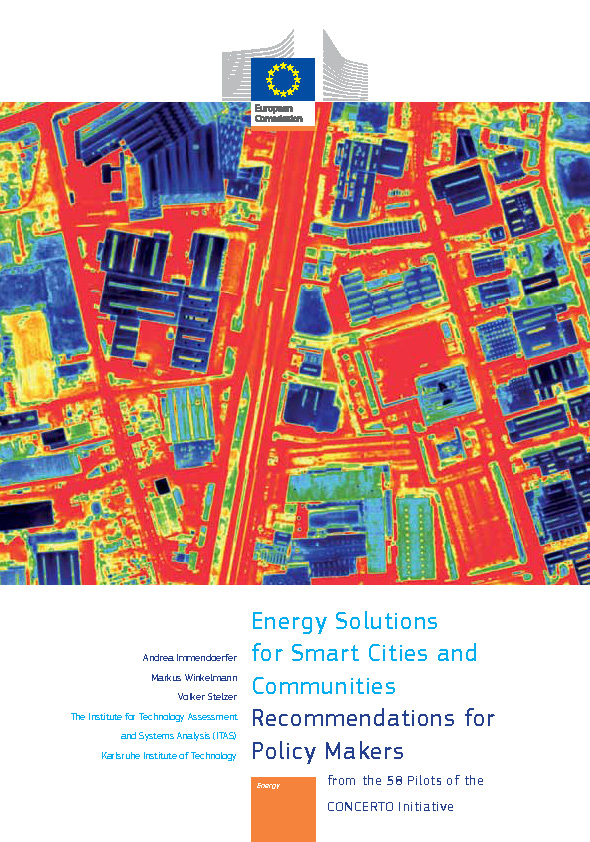Recommendations for reduction of greenhouse gas emissions in neighbourhoods published [31.01.2014]
Greenhouse gas emissions can be reduced more efficiently by tackling whole neighbourhoods. At this level, measures that go beyond the scale of the individual building can lead to synergies. District heating networks are one example.
Based on the experience gained during the 3-year project CONCERTO Premium, ITAS has compiled a number of recommendations on how to reduce emissions in neighbourhoods, addressing both new and existing buildings. ITAS has collected and analysed experiences from 58 CONCERTO sites in 23 European countries which all implement neighbourhood-scale projects. These have shown that the considerable challenges on the path to low carbon neighbourhoods fall into 6 categories:
- Energy Performance
- Calculations & Regulations
- Retrofitting for Smarter Communities
- Public Buildings as Trailblazers for Smarter Cities
- Sustainable Energy Projects – Economic Aspects
- Planning for Smarter Energy Solutions
- The Social Dimension of Local Sustainable Energy Measures
For each category, the European context is provided as well as the particular issues faced by neighbourhoods. Furthermore, recommendations for local, national and EU policy are given. Finally, the 18 most important recommendations are distilled from the more than 80 policy recommendations.
Bibliographic data:
Immendörfer, A.; Winkelmann, M.; Stelzer, V.
Energy solutions for smart cities and communities. Recommendations for policy makers. Brüssel, Belgien: European Commission 2014
full text/pdf
Further links:
- Project description CONCERTO Premium


